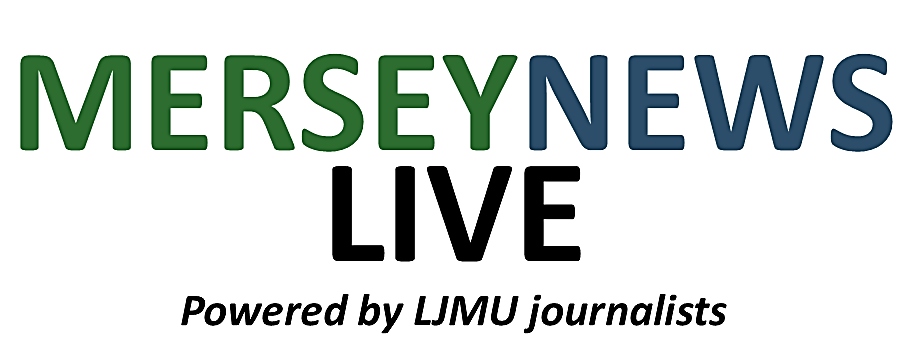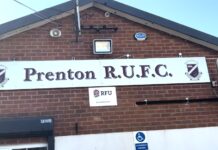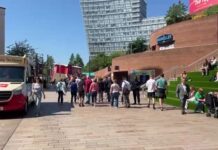A plan to save Liverpool’s wildlife habitats has been announced against what city leaders have called “a backdrop of declining biodiversity and a loss of habitats across the UK which has seen many common species put at risk”.
Since the 1980’s, figures from the Liverpool City Combined Authority show the city has lost 10% of its most biodiverse grasslands. This mirrors the national trend as the UK has lost nearly 50% of its biodiversity.
The strategy announced aims to identify and provide a detailed map of core local nature sites and areas of opportunity to create natural spaces.
Liverpool Metro Mayor Steve Rotheram emphasised the importance that the new strategy is a success. He warned that without protected ecosystems, the results could be alarming.
He said: “With so much of our country’s wildlife and natural biodiversity at risk, these fragile ecosystems need to be protected more than ever.
“Wildlife is something to be cherished and protected for future generations, so we’re taking decisive action to start to tackle the decline of wildlife across our region.”
The Liverpool City Region is home to four internationally recognised wetlands, five European Protection areas, three National Nature Reserves, 18 sites of Special Scientific Interest, 384 Local Wildlife Sites and 29 Local Nature Reserves. Its Liverpool’s natural land is of huge importance to city.
The Mayor added:” How fantastic would it be, for example, to see our famous red squirrel population growing again?”
A public consultation is being carried out as part of the strategy and people can see a local habitat map showing the natural spaces in the Liverpool region, this will run till the 6th April.
Nature across Liverpool City Region is facing challenges. 🌍
But with your local knowledge, we can identify opportunities to help nature (or habitats and species) recover and thrive.
Have your say on our Local Nature Recovery Strategy 👉 https://t.co/GxJIGzve4H #LCRListens pic.twitter.com/dg08r28onp
— Liverpool City Region (@LpoolCityRegion) February 25, 2025









